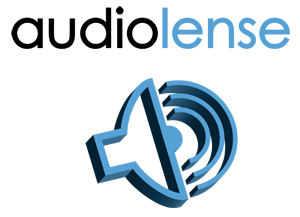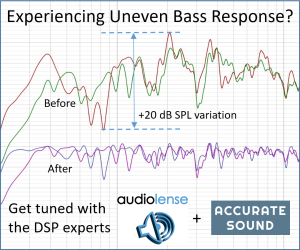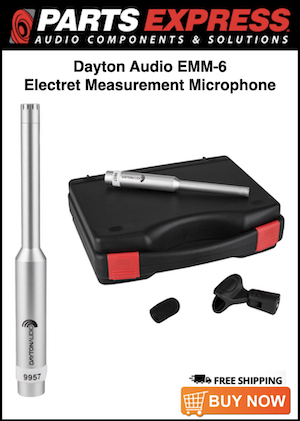Leo11
Registered
Thread Starter
- Joined
- Jul 23, 2022
- Posts
- 39
More
- Main Amp
- Hypex NC252MP
- Additional Amp
- Hypex NC502MP
- DAC
- Motu Ultralite Mk5
- Computer Audio
- Dell notebook
- Streaming Subscriptions
- Amazon Music Unlimited
- Front Speakers
- NHT C3
- Subwoofers
- 2x 12" DIY Scan Speak acoustic suspension
I would like to maximize the quality of my measurements by average over multiple acquisitions, in order to minimize noise interference etc.
Is there a way to do this with Audiolense?
In addition, can microphone phase calibration be used in Audiolense or is it left out?
Is there a way to do this with Audiolense?
In addition, can microphone phase calibration be used in Audiolense or is it left out?
















